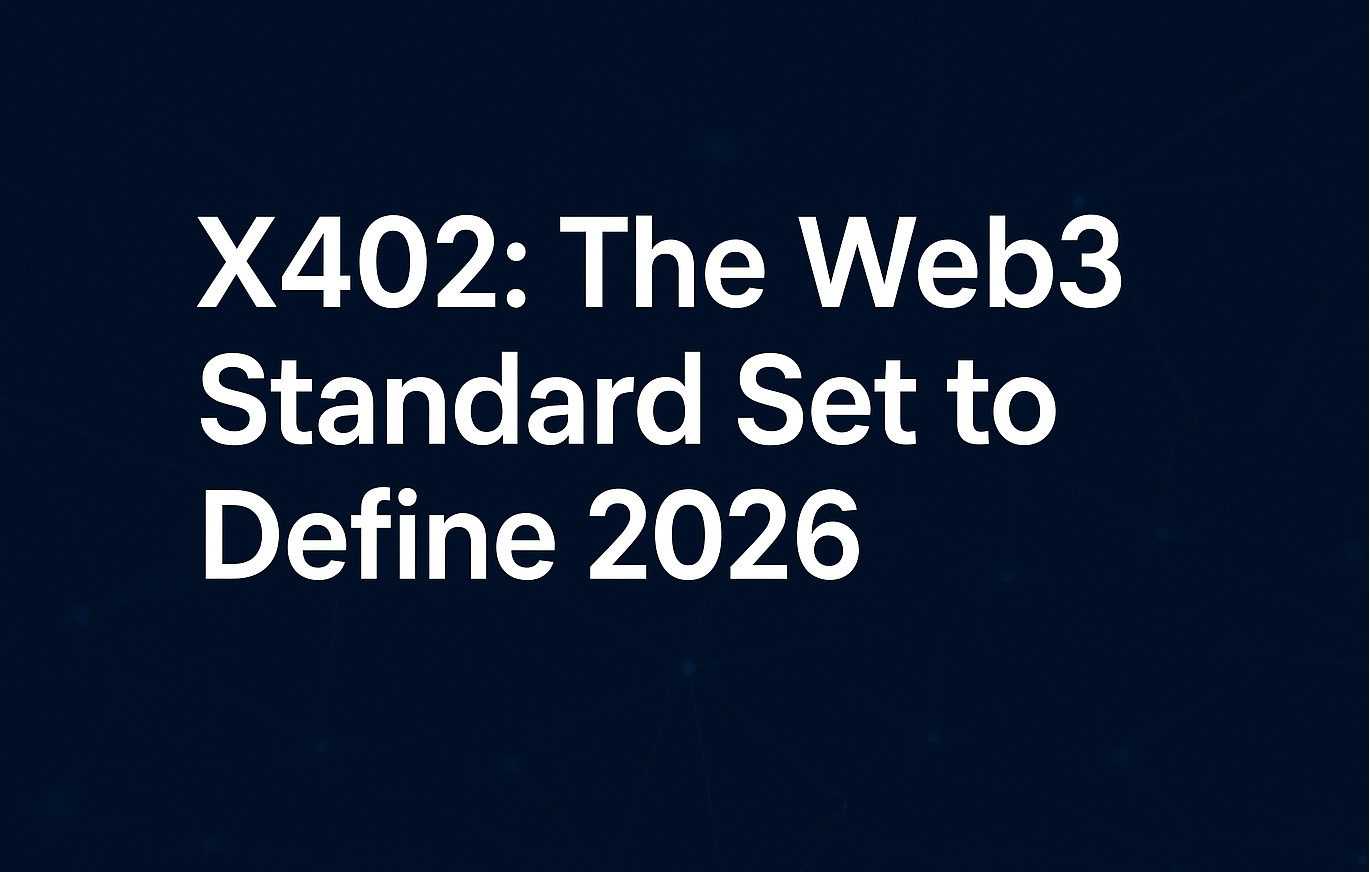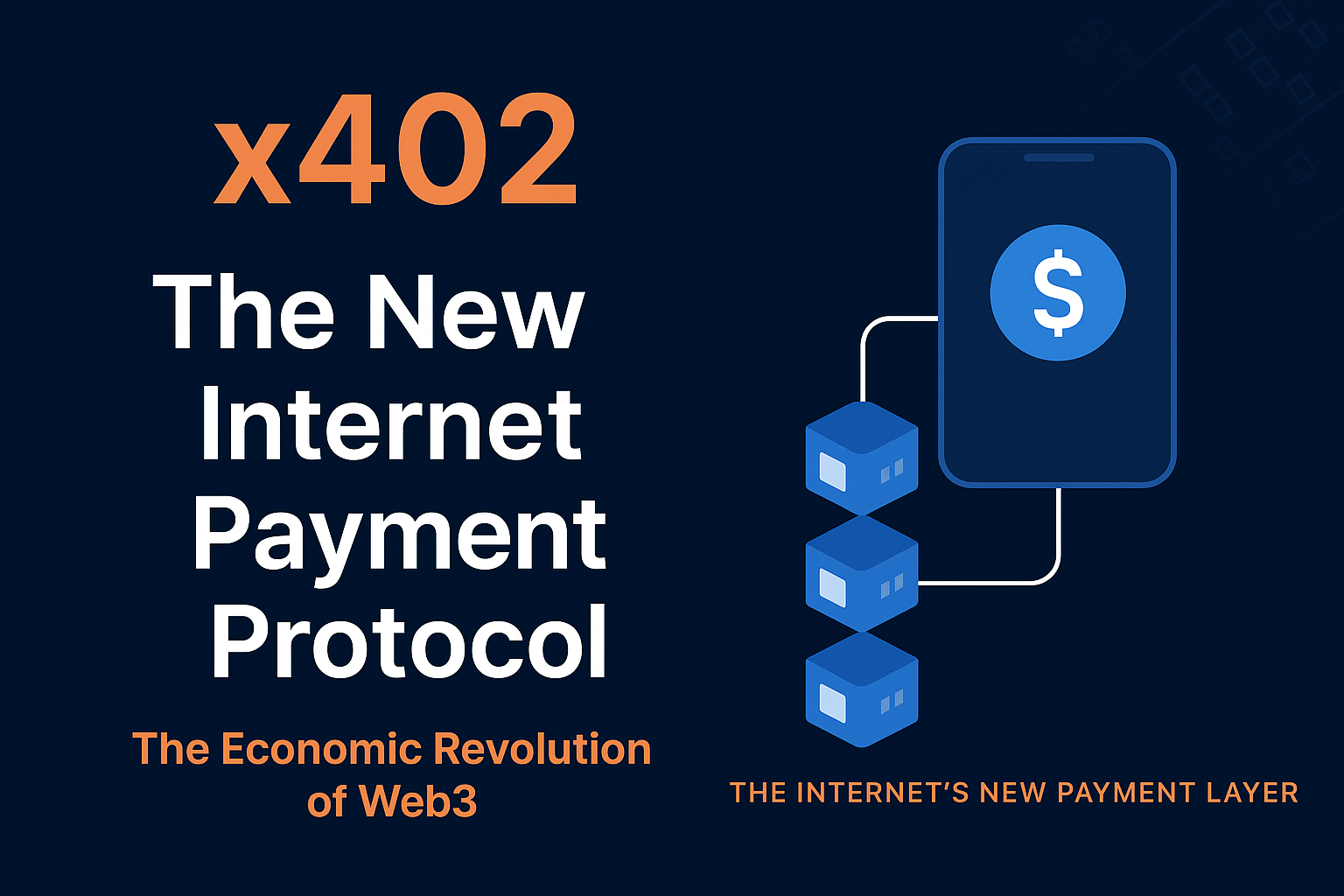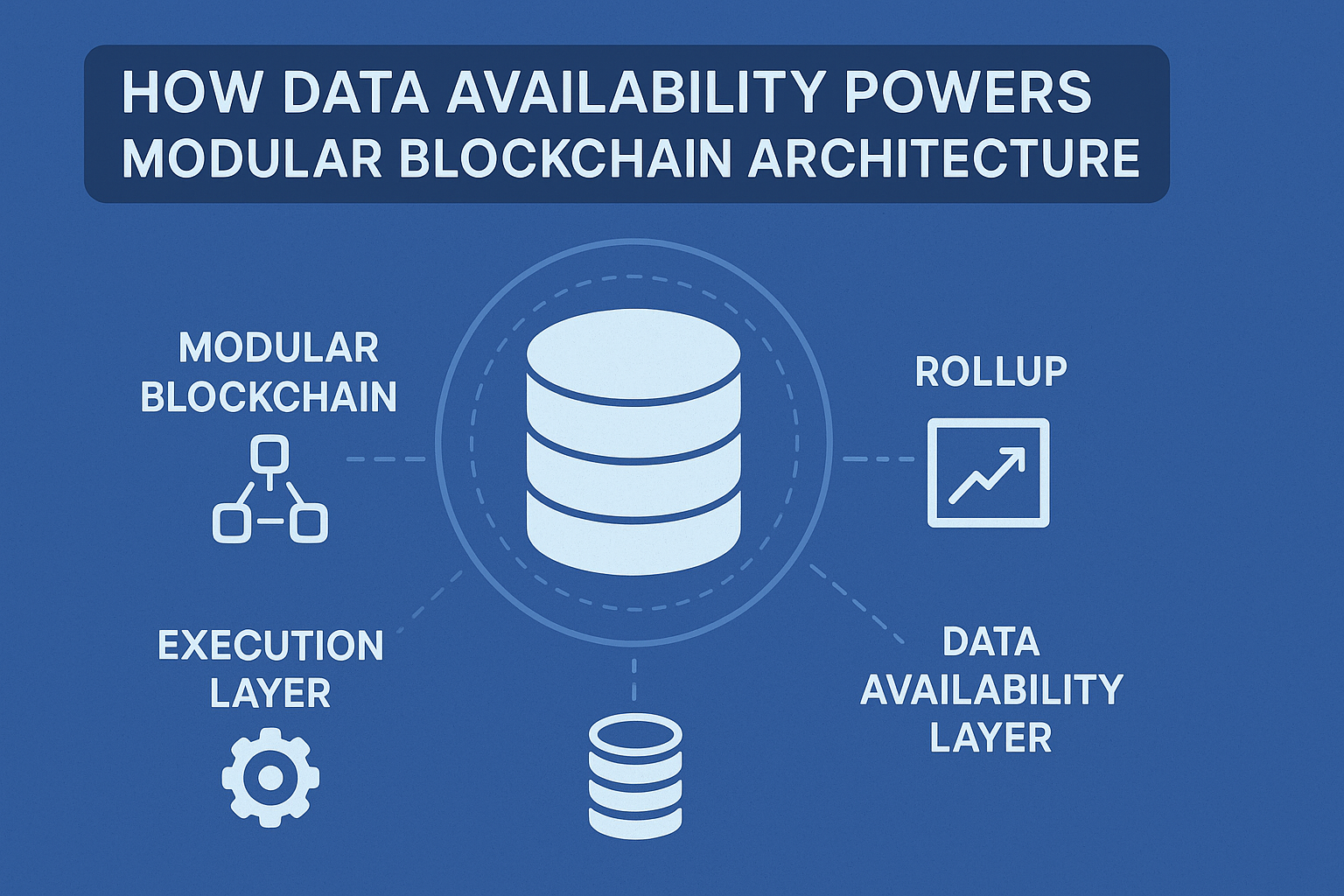Introduction — The Role and Importance of IDOs
An Initial DEX Offering (IDO) is a decentralized fundraising model where a project sells its tokens through a decentralized exchange (DEX) or a DEX-based launchpad. Compared to traditional ICOs or IEOs, IDOs offer faster liquidity, lower participation barriers, and direct access to the DeFi ecosystem.
The key difference: IDOs are conducted on-chain, typically using Automated Market Maker (AMM) mechanisms for token trading and liquidity.
How Does an IDO Work? (Step-by-Step Breakdown)
1. Project Preparation:
The team defines tokenomics, writes the smart contracts, and creates a detailed launch plan.
2. Launchpad or DEX Setup:
The project either partners with a launchpad (e.g., Polkastarter, Seedify, DAO Maker) or directly creates a liquidity pool on a DEX such as PancakeSwap.
3. Participation Mechanism:
Participation rules vary by platform — most use staking/tier systems, lotteries, whitelists, or first-come, first-served structures.
4. Token Distribution & Liquidity Provision:
After the sale, tokens are distributed to participants. Simultaneously, a liquidity pair (e.g., TOKEN/USDC) is created on a DEX for trading.
5. Post-IDO Monitoring:
Projects often enforce vesting schedules, token lockups, and market-making strategies to stabilize early trading.
Types of IDO Models
1. Permissioned Launchpads:
Curated launchpads that screen and approve projects before listing.
Examples: Polkastarter, DAO Maker, Seedify.
2. Permissionless DEX Launches:
Anyone can create a liquidity pool and conduct a token sale.
Example: PancakeSwap IFO-style launches.
3. Hybrid Models:
Combine the benefits of vetting and automated liquidity setups, with each launchpad offering different variations.
Key Technical and Economic Factors to Evaluate
When analyzing an IDO, investors should consider:
- Total Token Supply & Distribution: Allocation among team, investors, and community.
- Vesting & Cliff Periods: Lock-up durations that prevent early dumps.
- Liquidity Plans: How much liquidity will be provided and for how long it will be locked.
- Smart Contract Audits: Independent code audits and bug bounty programs.
- Listing Strategy: Whether tokens will list only on DEXs or also on CEXs after launch.
Participation Methods — How to Join an IDO
- Stake & Tier Model: Users stake the launchpad’s native token to earn participation rights (common in DAO Maker, Seedify).
- Whitelist / Lottery: Participants apply and may be selected randomly after KYC.
- First-Come, First-Served: High-speed participation; risk of bot abuse.
- Commit & Swap Model (IFO Style): Users commit a token (e.g., BNB, USDT) in exchange for the project’s token at sale price.
Popular IDO Launchpad Platforms
Here are some of the leading platforms in the IDO landscape:
- Polkastarter: Multi-chain launchpad supporting both IDO and NFT drops with staking-based access.
- DAO Maker: Known for community-driven launches and incubation models.
- Seedify: Focused on gaming and Web3 startups with strong incubation features.
- BSCPad: Built for the BSC ecosystem with tier-based participation.
- PancakeSwap (CAKE.PAD / IFO): Leading BSC DEX offering permissionless token sales and IFO events.
The launchpad ecosystem evolves rapidly — new platforms and participation methods emerge frequently, so staying updated is crucial.
Major Risks in IDOs
- Rug Pull / Exit Scam: Developers or liquidity providers may withdraw funds unexpectedly.
- Bots & Front-Running: Automated bots can manipulate token sales.
- Liquidity Volatility: Price crashes are common right after listings if liquidity isn’t locked.
- Smart Contract Vulnerabilities: Unverified contracts can be exploited.
- Regulatory Risks: Legal uncertainty around token sales in different jurisdictions.
IDO Evaluation Checklist (For Smart Investors)
Before joining an IDO, always verify:
- ✅ Whitepaper & GitHub: Is the code open-source and active?
- ✅ Audit Reports: Which firms performed security audits?
- ✅ Tokenomics: Are vesting and allocation structures transparent?
- ✅ Launchpad Reputation: Previous project success rate and ROI.
- ✅ Liquidity Lock: Is LP locked? For how long?
- ✅ KYC/AML: Are there participation restrictions by region?
- ✅ Community Transparency: Active Telegram/Discord presence and communication.
- ✅ Legal Review: Is there clarity on the token’s legal classification?
Key Metrics to Track After an IDO
- Trading volume and price movement in the first 24–72 hours.
- Token holder distribution (whale concentration).
- Liquidity pool changes and removals.
- Community engagement and sentiment trends.
Conclusion — Who Should Join IDOs?
IDOs offer high potential returns but come with significant risks.
They are best suited for technically savvy, risk-tolerant investors who understand DeFi mechanics.
For cautious participants, it’s essential to verify audits, liquidity locks, and tokenomics transparency before investing.





